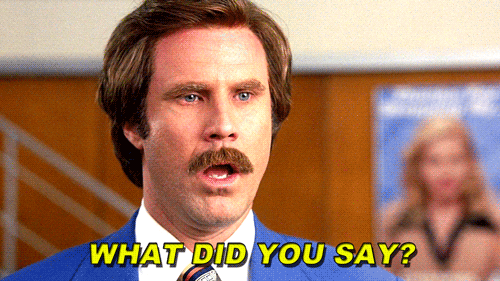Strains, Lanes and Automatons
Not quite the year of Planes, Trains and Automobiles, 2011 distinguished itself as the year, which demonstrated Hollywood's recidivist tendencies (bad habits), driven, unsurprisingly, by a strong capitalistic urge to promote superheroes, comic book characters, and any other potentially robust profit stream; I guess the ancillary benefits associated with excessive merchandising are too potent a force (sadly Luke Skywalker would pose no threat to the gross infiltration of Hollywood executives, after all, his franchise helped establish the model). Indeed, 2011 was the year of the superhero. But these monetarily-inspired incarnations, while neither transcendent nor groundbreaking, were quite commendable (X-Men: First Class, Thor, Harry Potter and the Deathly Hallows: Part 2), revealing an advantageous benefit of superhero hysteria: Successful blending of art-house and commercial fare.
Objectivity is an underused currency in the world of film criticism. It is not by accident. Subjectivity, on the contrary, rules the day. With the formulation of this list, I posit neither grand allusions of purpose nor propagation. Arguing passionately for or against the inclusion or omission of a particular film, is, without assistance from the writers of Moneyball, an inexact science. Too many of the films on which we comment evince grim
mediocrity, and too many of the people who make them betray a disheartening
weariness. Therefore, as this is not intended as an objective list, but merely a subjective rendering of my strongest likes, I encourage healthy discourse.
Many of my selections are, I would contend, standard fare. I have not succeeded in my one New Year's Resolution, which was, no hyperbole: Watch every film made in 2011. Complicating temporal matters is the fact that I've devoted considerable time scrutinizing film history, expending many an hour watching films from all eras: Classic American Cinema, French New Wave, German Expressionism, Italian Neorealism, Hong Kong New Wave, and other essential foreign movements. My knowledge of cinema, beyond an obvious aesthetic maturation, has grown appreciably to the degree: If I were to construct a list of the Top Ten Films I've seen NOT MADE in this calendar year, it would look VASTLY different. That's not to say that 2011 was a bad year; it just means there were very few films that struck a response as visceral as witnessing the brilliance of filmmakers such as Jean-Pierre Melville, Howard Hawks, Preston Sturges, Robert Bresson, Wong Kar-wai, etc., etc. So, without further ado, I give you my Top Ten of 2011:

























